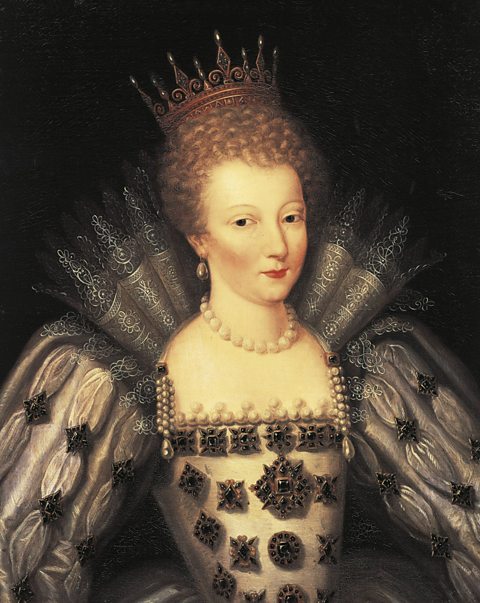More guides on this topic
- The Elizabethans overview - Edexcel
- The early rule of Queen Elizabeth I - Edexcel
- Queen Elizabeth I's early rule quiz
- Queen Elizabeth I's Religious Settlement quiz
- Challenges to Elizabeth's rule - Edexcel
- Challenges to Queen Elizabeth I's rule quiz
- Life in Elizabethan England - Edexcel
- Life in Elizabethan times quiz
- The Elizabethans - exam preparation - Edexcel
